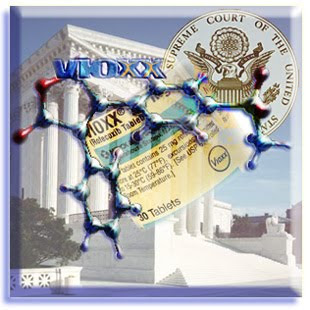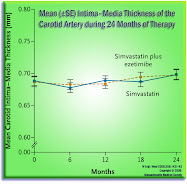Webb is as strong a case for pure space science as NASA has ever articulated. It is a sorely-needed successor to Hubble. We must see it through. Here's a bit:
. . . .NASA is suspending integration and testing operations on the Hubble Space Telescope’s successor to ensure the safety of the agency’s workforce. NASA didn’t say when work on the project would resume but noted that decisions could be adjusted as the situation unfolds over the weekend and into next week. . . .
The James Webb Space Telescope (sometimes called JWST or Webb) will be a large infrared telescope with a 6.5-meter primary mirror. The telescope will be launched on an Ariane 5 rocket from French Guiana in [late 2023?]2021.
The Webb telescope will be the premier observatory of the next decade, serving thousands of astronomers worldwide. It will study every phase in the history of our Universe, ranging from the first luminous glows after the Big Bang, to the formation of solar systems capable of supporting life on planets like Earth, to the evolution of our own Solar System.
The Webb telescope was formerly known as the "Next Generation Space Telescope" (NGST); it was renamed in September 2002 after a former NASA administrator, James Webb.
Webb is an international collaboration between NASA, ESA (the European Space Agency), and the Canadian Space Agency (CSA). NASA's Goddard Space Flight Center in Greenbelt, Maryland, is managing the development effort. The main industrial partner is Northrop Grumman; the Space Telescope Science Institute will operate Webb after launch.
Several innovative technologies have been developed for Webb. These include a primary mirror made of 18 separate segments that unfold and adjust to shape after launch. The mirrors are made of ultra-lightweight beryllium. Webb's biggest feature is a tennis court sized five-layer sunshield that attenuates heat from the Sun more than a million times. . . .
So we will have to wait at least a few more trips around the sun, to see the collected wonders of our Universe with these "better eyes". . . so it goes. . . grinnin' -- ever grinning.
नमस्ते

















No comments:
Post a Comment